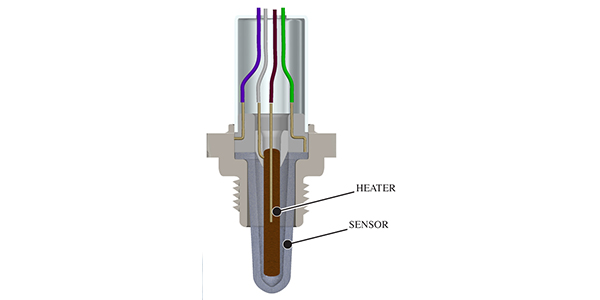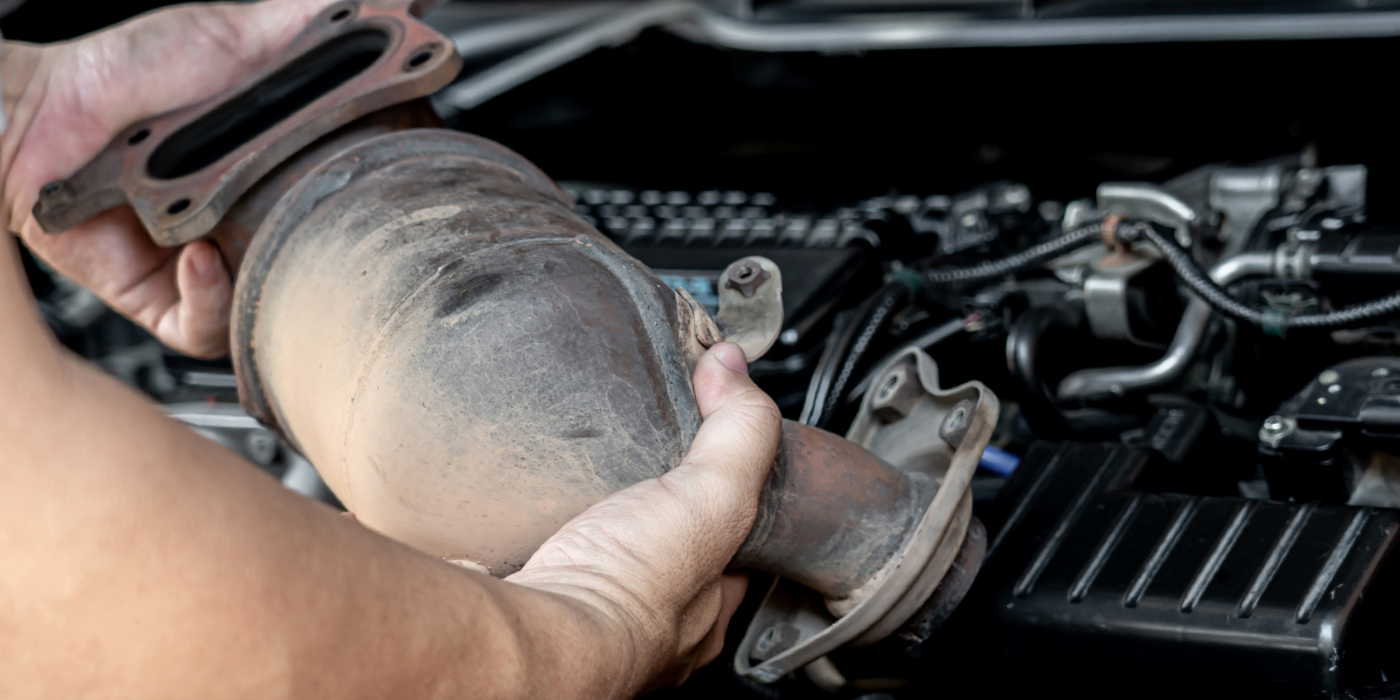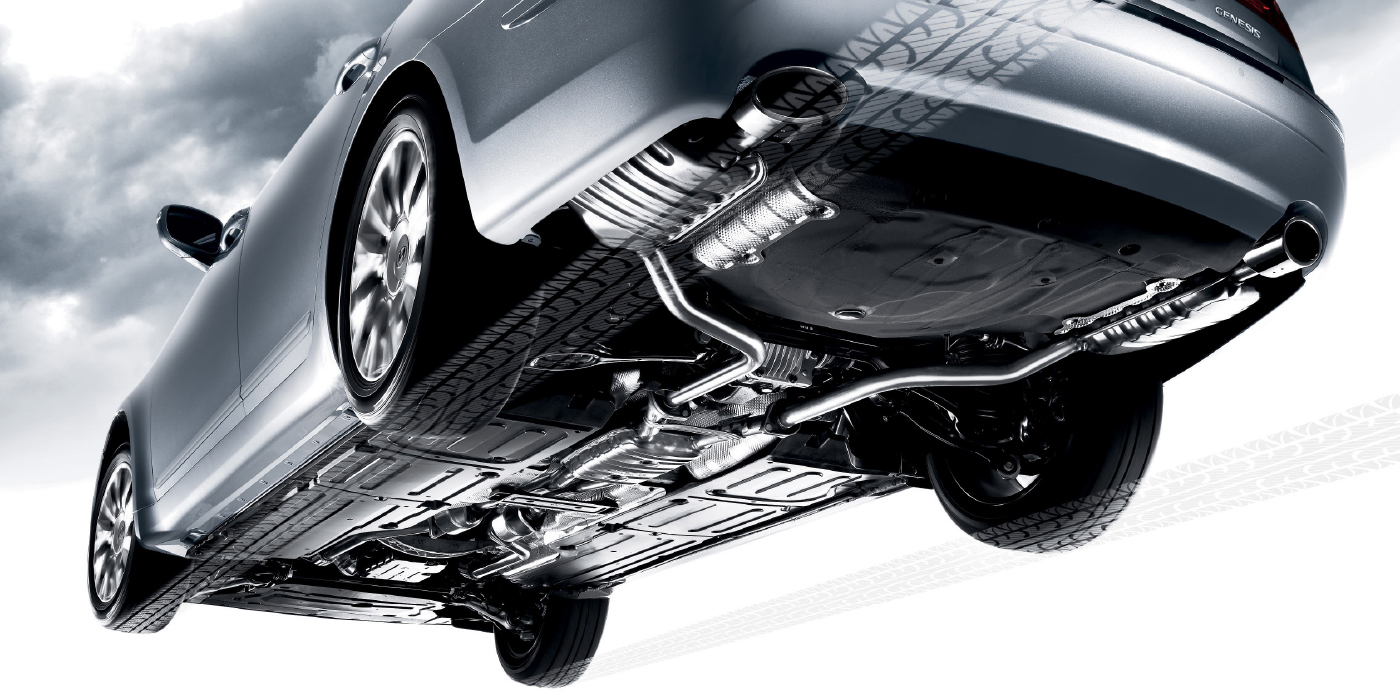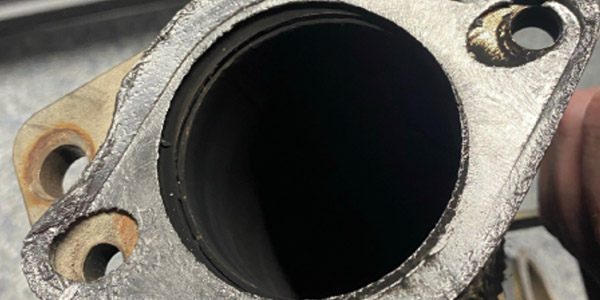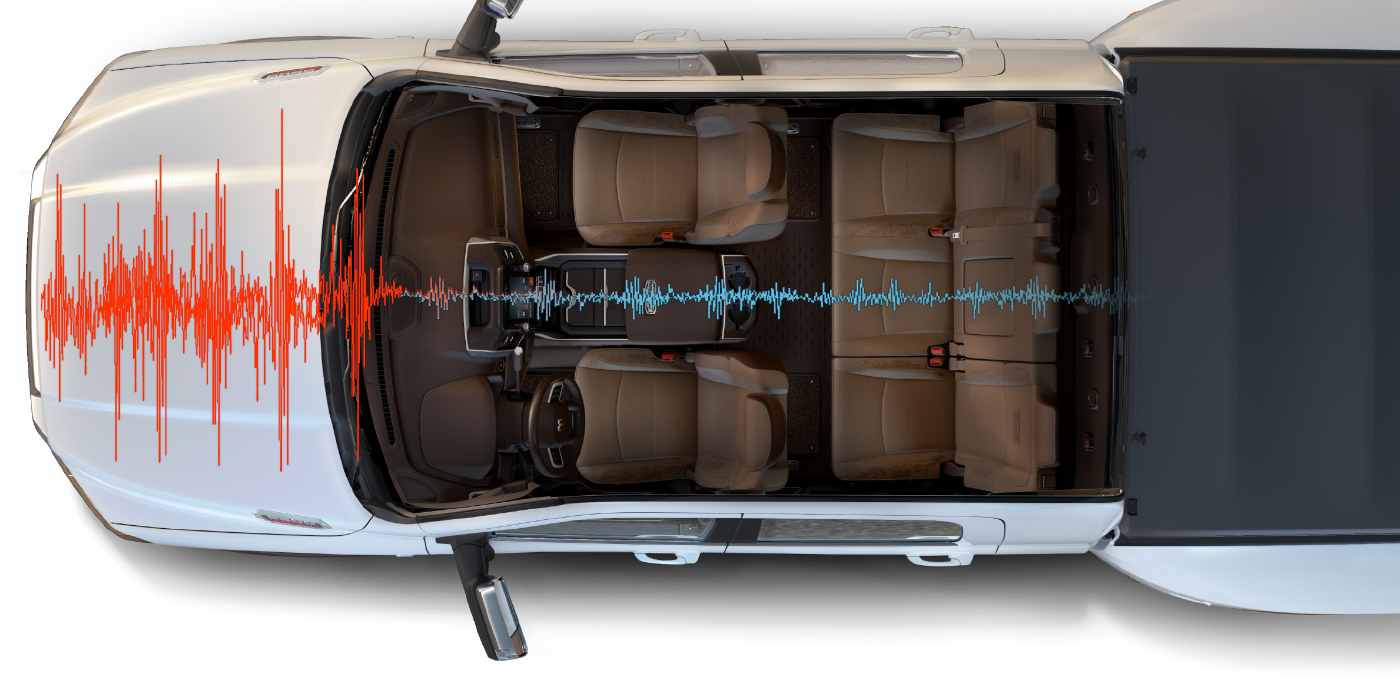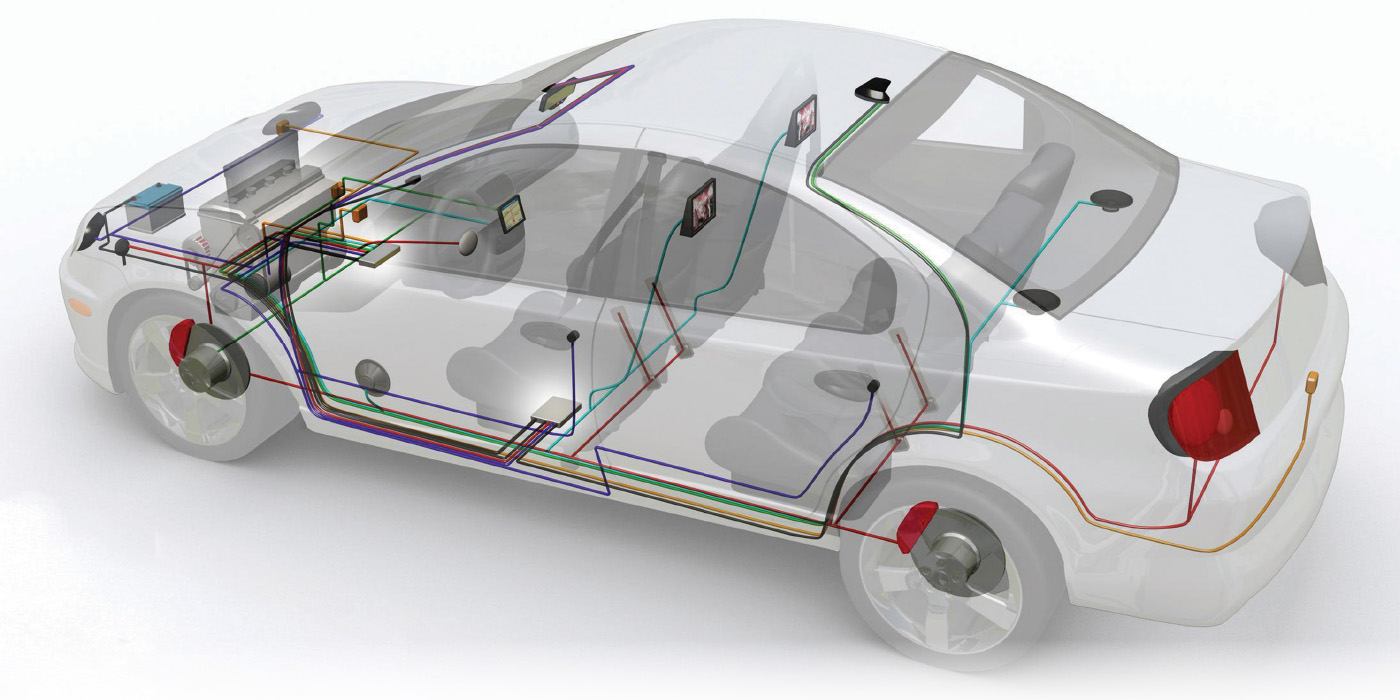Applied Vehicles
All 2002-’05 Nissan Xterra models.
If you confirm the idle, in Park or Neutral, is more than 25 rpm above specification (with the engine warm), and/or DTC P0507 (ISC System) is stored:
• This incident may be the result of recent cleaning or replacement of the throttle body. The vehicle “in-use” learned idle may be higher after throttle body deposits are reduced (by cleaning or replacement).
• If DTCs other than P0507 are stored, you must correct the cause for those DTCs first.
• After correcting other DTCs, if you still have a P0507 and/or an idle condition above specification, continue with this bulletin.
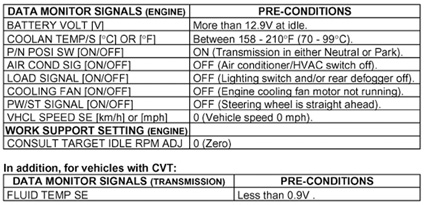
Actions
To reduce idle rpm, perform the following in this order until Idle Air Volume Learning (IAVL) successfully
completes:
1. Check the engine for vacuum leaks;
2. Perform the IAVL procedure;
3. For 2002 and 2003 models, check for newer ECM reprogramming data. If it’s available, perform reprogramming, then try IAVL again. For 2004 and 2005 models, skip this step; and
4. Reduce the idle speed manually:
a. Disconnect the injectors one at a time until IAVL completes (see step 4 of the Service Procedure for details).
b. Reconnect the injectors, clear DTCs and perform the final IAVL.
Important: The purpose of these “Actions” is to give you a quick idea of the work you will be performing. You must closely follow the entire Service Procedure as it contains information that is essential to successfully completing this repair.
Service Procedure
Note: After completing repairs in this procedure, make sure any stored DTCs are erased.
1. Make sure there are no engine vacuum leaks. Repair any vacuum leaks that are found. Make sure to check:
• Hoses;
• Intake manifold; and
• Ducting between the intake manifold and MAFS.
2. Perform the IAVL procedure as follows.
Note: The IAVL procedure will normally complete within two minutes after Procedure Start.
a. Make sure all DTCs are cleared (erased).
b. Use Consult-II to confirm/perform the following pre-conditions:
Note: The IAVL procedure will self-cancel if any of the following pre-conditions are not met and maintained for as long as the procedure is running.
c. Turn the ignition switch off and wait at least 10 seconds.
d. Start the engine and let it idle for at least 30 seconds.
e. Using Consult-II, select [Work Support] > [Idle Air Vol Learn].
f. Touch [Start] and wait 20 seconds to two minutes.
• If “CMPLT” is displayed on Consult-II screen; go to step c of the next step.
• If “INCMP” is displayed within two minutes, or test is not finished within two minutes, “Idle Air Volume Learning” was not carried out successfully; go to step h.
g. Rev up the engine two or three times, then let the engine idle. Verify the idle speed is within specifications. Refer to the EC section of the appropriate service manual for specifications. If OK, the procedure ends here. If not, go to step h.
h. If IAVL did not complete and you’re sure you:
• Set all of the preconditions exactly as shown in the chart above, and
• Performed steps a through f exactly as shown above,
Go to step 3.
Note: Step 3 below covers 2002 and 2003 vehicles only. For 2004 and 2005 vehicles; skip to step 4.
• For 2004 and 2005 model years, ECM reprogramming will not clear the vehicle “in-use” learned IAVL. Reprogramming won’t reduce the idle speed.
3. For 2002-’03 vehicles, you may be able to reduce the engine idle speed by performing ECM reprogramming. Reprogramming may clear the vehicle “in-use” learned IAVL.
a. With the ignition on and Consult-II connected to the vehicle, print your current ECM Part Number (P/N) as follows: [Start Nissan] >> [Engine] >> [ECM Part Number] >> [Copy]
b. Go to ASIST: Select Consult Utilities > ECM/TCM Data. Then choose Model and Model Year of the vehicle you’re working on.
c. Select the “configuration” on the screen for the vehicle you’re working on. Then make sure that your current ECM P/N is listed in the “Replaces 23710-XXXXX, – XXXXX, etc” section in the lower, center “Details” panel of the ASIST screen.
• If your current ECM P/N is listed in the “Details” panel, you can perform a reprogramming using the latest (newer) data update, then go to d.
• If your current ECM P/N is not listed in the “Details” panel, new ECM data is not available for your vehicle, go to step 4.
d. After following all steps of the reprogramming procedure, perform IAVL again (back to step 2).
• If the IAVL procedure now completes, the incident is fixed and you’re done.
• If the IAVL procedure still does not complete, go to step 4.
4. Reduce the engine idle speed manually and perform IAVL as follows:
a. With the engine running, disconnect one fuel injector (engine rpm should drop, MIL may come on).
Caution: Do not disconnect the ignition (coils or spark plugs) for this step. Disconnecting the ignition while the engine is running may cause damage to the catalysts.
b. With the injector(s) disconnected and the engine running, perform IAVL (step 2).
Note: Make sure all DTCs are cleared.
• If “CMPLT” is displayed on Consult-II screen within two minutes; go to step 5.
• If “INCMP” is displayed, or test is not finished within two minutes:
a. Disconnect another injector; and
b. Repeat step b above.
• For 4-cylinder engines, up to two injectors can be disconnected one at a time.
• For 6- and 8-cylinder engines, up to three injectors can be disconnected one at a time. It is best that three disconnected injectors (particularly on V6 engines) not all be on the same engine bank.
5. Final IAVL procedure.
a. Make sure all injectors are connected.
b. Use Consult-II to erase any DTC that may be stored and clear Self Learn.
c. Turn off the engine, then re-start it.
d. After the engine idle has stabilized, perform IAVL again (step 2).
Courtesy of ALLDATA.

